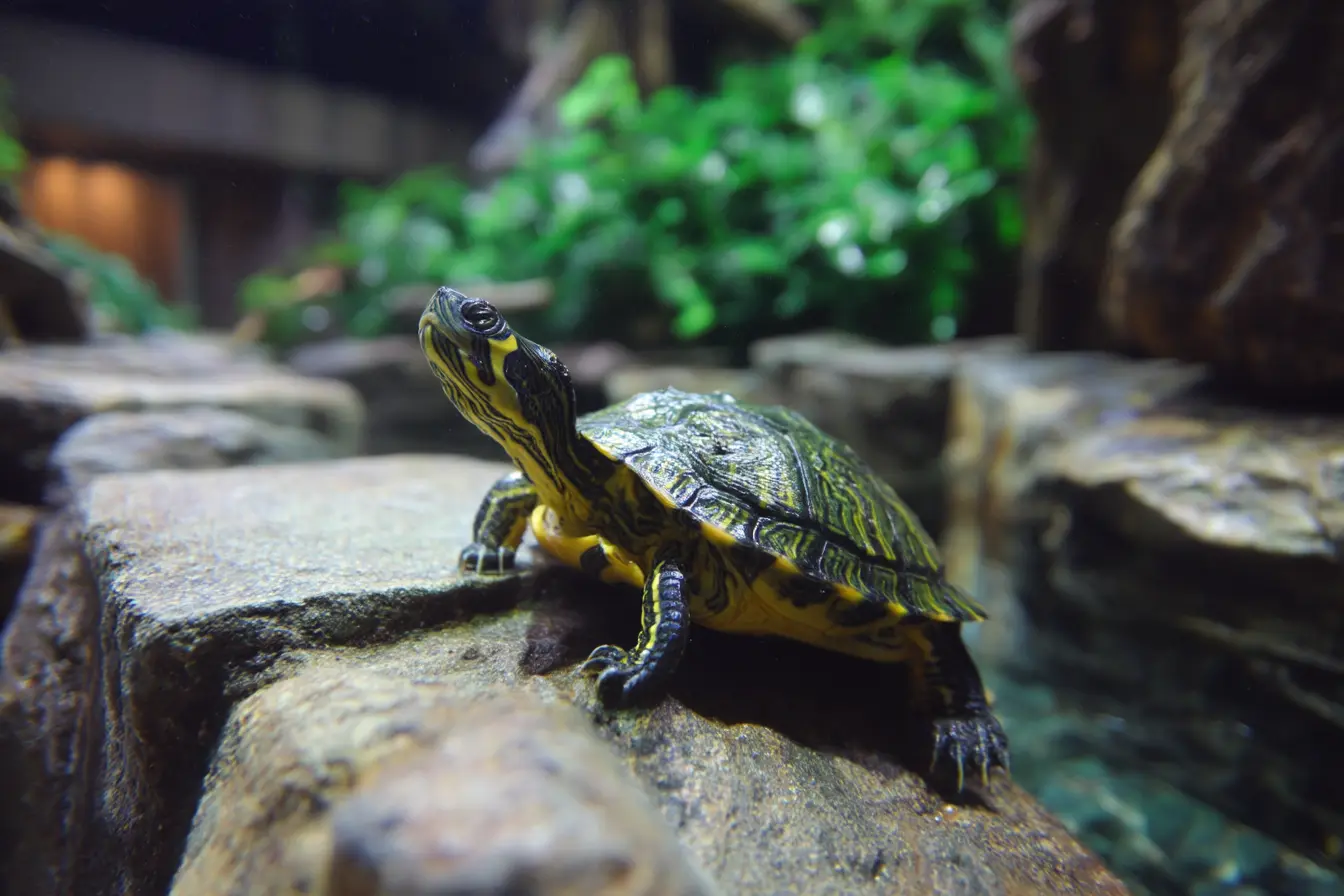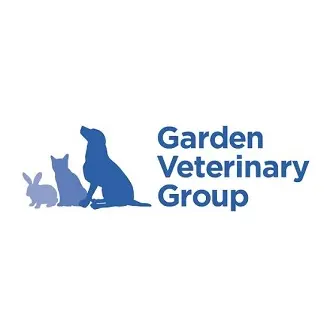
Savannah Monitor Lizard Care Guide: Everything New Owners Need to Know
Savannah monitors (Varanus exanthematicus) are large, powerful lizards known for their intelligence and curious nature. They originate from the savannahs and grasslands of sub-Saharan Africa and are one of the more commonly kept monitor species in captivity. However, they are not suitable for beginners due to their size, strength, and specific care needs.
In this guide, we’ll cover everything a potential savannah monitor owner needs to know, including their behaviour, enclosure requirements, diet, health care, and handling tips.
What is a Savannah Monitor?
The savannah monitor is a medium-sized monitor lizard that can grow up to 1.2 metres in length and weigh between 5–8 kg. They have strong limbs, a thick tail, and powerful jaws. Their colouration typically ranges from greyish-brown to tan with light spots on their back and sides, helping them blend into their natural environment.
In the wild, savannah monitors are opportunistic hunters, feeding on a variety of prey including insects, small mammals, and other reptiles. In captivity, they can live for 10–15 years with proper care.
Sourcing and Selecting a Savannah Monitor
Choosing a healthy savannah monitor from a reliable source is crucial for long-term success.
Where to Buy
- Reputable breeders: Captive-bred monitors are the best option, as they are generally healthier and easier to acclimate to captivity.
- Specialist reptile shops: Some UK reptile shops sell savannah monitors, but ensure they are not wild-caught.
- Rescue centres: Consider adopting a savannah monitor in need of a new home.
Avoid purchasing from unverified online sources or pet shops that don’t specialise in reptiles. Wild-caught savannah monitors are often stressed, aggressive, and carry parasites.
What to Look For
When selecting a savannah monitor, check for these signs of good health:
- Bright, alert eyes
- Clear nostrils with no discharge
- Smooth skin with no retained shed or visible injuries
- A plump, well-rounded body
- Active and responsive behaviour
Enclosure Setup
Savannah monitors are terrestrial and require a large enclosure with plenty of floor space. A small vivarium won’t meet their needs as they grow, so it’s important to plan for their adult size.
Enclosure Size
For an adult savannah monitor, the minimum enclosure size is 240 cm (L) x 120 cm (W) x 120 cm (H). A custom-built enclosure is often necessary to provide the required space.
Substrate
A deep, diggable substrate is essential for a savannah monitor’s well-being. Suitable options include:
- Soil and sand mix
- Coconut coir
- Cypress mulch
Provide at least 30 cm of substrate to allow for natural digging behaviour. Avoid substrates like calcium sand or wood shavings, which can cause impaction if ingested.
Heating and Lighting
Savannah monitors need a basking area with high temperatures and a cooler side for thermoregulation.
- Basking spot: 50–60°C
- Cool side: 24–28°C
Use a combination of basking bulbs and ceramic heat emitters to achieve these temperatures. UVB lighting is essential for savannah monitors to synthesise vitamin D3 and prevent metabolic bone disease. Use a 10–12% UVB bulb and replace it every six months.
Humidity
Maintain humidity between 40–60% to prevent respiratory issues and aid shedding. Misting the enclosure and providing a large water dish can help maintain appropriate humidity levels.
Diet and Nutrition
Savannah monitors are carnivores with a primarily insectivorous diet in the wild. In captivity, it’s important to replicate their natural diet as closely as possible to ensure proper nutrition.
Staple Foods
- Insects: Dubia roaches, crickets, locusts, superworms
- Occasional treats: Quail eggs, pinkie mice, snails
Avoid feeding fatty or calcium-deficient foods such as mealworms or too many rodents, which can lead to obesity and health problems.
Supplementation
Dust food with calcium powder three to four times a week and use a multivitamin supplement once a week. This ensures your monitor gets the necessary nutrients to stay healthy.
Always provide fresh water in a large dish, and ensure it is cleaned and refilled daily.
Handling and Behaviour
Savannah monitors are intelligent and can become relatively tame with consistent handling. However, they can be defensive when stressed, especially if they were wild-caught.
Tips for Handling
- Handle your monitor regularly from a young age to build trust.
- Always support their body fully and avoid grabbing their tail.
- Move slowly and calmly to avoid startling them.
- Be aware of their powerful claws and jaws as they can cause injury if mishandled.
Common Health Issues
Savannah monitors are hardy reptiles, but they can develop health issues if their care requirements aren’t met.
Metabolic Bone Disease (MBD)
Caused by calcium deficiency and inadequate UVB exposure. Symptoms include lethargy, soft or deformed bones, and difficulty moving.
Respiratory Infections
Often caused by incorrect humidity or temperatures. Symptoms include wheezing, nasal discharge, and open-mouth breathing.
Obesity
Overfeeding or providing an inappropriate diet can lead to obesity, which is a common issue in captive monitors. Regular monitoring of their weight and diet is essential.
Parasites
Internal parasites are more common in wild-caught monitors. Symptoms include diarrhoea, lethargy, and weight loss. A faecal exam by a reptile vet can detect parasites.
If you notice any signs of illness, consult a reptile-specialist vet immediately.
Specialist Vet Care
Savannah monitors don’t require vaccinations, but regular health checks are recommended to catch potential issues early.
Routine Health Checks
An annual visit to a reptile vet is recommended. This includes a physical examination and a faecal test to check for parasites.
Emergency Situations
Seek immediate veterinary care if your monitor shows signs of:
- Severe weight loss
- Persistent lethargy or refusal to eat
- Difficulty breathing or wheezing
- Visible injuries or swollen limbs
Care and Maintenance
Maintaining a clean and well-regulated enclosure is essential for your monitor’s health.
Daily Tasks
- Check temperatures and humidity levels
- Spot-clean waste and uneaten food
- Ensure fresh water is available
Weekly Tasks
- Clean and disinfect water dishes and surfaces
- Check heating and lighting equipment
Monthly Tasks
- Deep-clean the enclosure and replace substrate as needed
- Inspect UVB bulbs and replace them every six months if required
Final Thoughts
Savannah monitors are rewarding pets for experienced reptile keepers who are prepared to meet their needs. They require a large enclosure, a varied diet, and regular interaction to thrive in captivity. While they may not be the right pet for everyone, those willing to commit to their care will find them intelligent, engaging, and full of personality.
By following this guide, you’ll be well-prepared to provide your savannah monitor with a safe, healthy, and enriching environment.
Related Vets
Vets near you
Speciality vets
- Aquatics vet specialists
- Birds vet specialists
- Camelids vet specialists
- Cats vet specialists
- Cattle vet specialists
- Deer vet specialists
- Dogs vet specialists
- Equines vet specialists
- Exotic vet specialists
- Goats vet specialists
- Pigs vet specialists
- Poultry vet specialists
- Sheep vet specialists
- Small Mammals vet specialists
- Wild vet specialists











